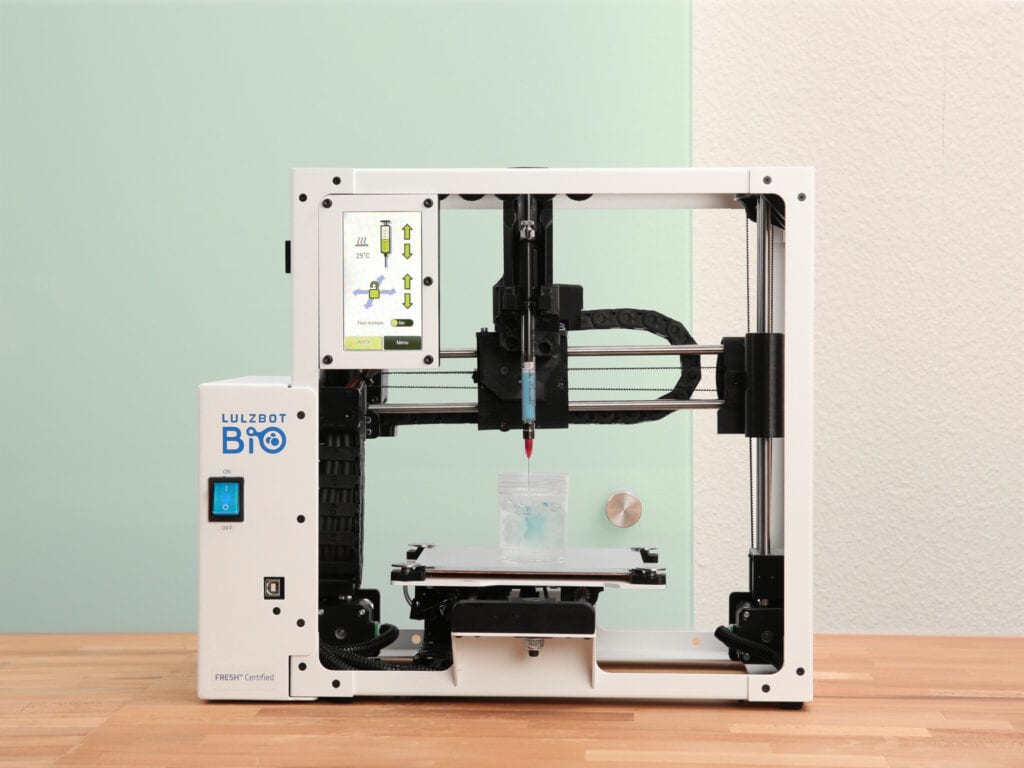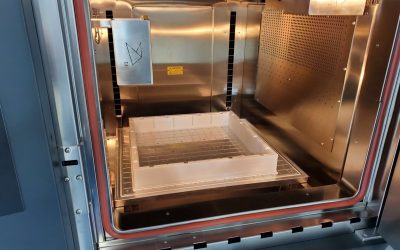Bioprinting is revolutionizing the way 3D printed tissues can be used to mimic in vivo conditions.
.
The fields of regenerative medicine, pharmaceutical development, and cosmetic testing are benefiting from this technological disruption, enabling researchers and companies to better predict efficacy and toxicology of potential drugs early on in the drug discovery process. But it’s no wonder this technology is so enticing, since bringing a new drug to market, with current methods, could cost $350 million dollars and can take more than a decade from start to finish.
.
On the North American front, Colorado-based manufacturer Aleph Objects , the developer behind the LulzBot 3D Printers , announced today a new open-source bioprinter: the LulzBot Bio. After almost ten years of manufacturing 3D printers , LulzBot finally decided to move into the bioprinting market. The new machine, which is now available for pre-order on the site and will begin shipping in […]
Case Study: How PepsiCo achieved 96% cost savings on tooling with 3D Printing Technology
Above: PepsiCo food, snack, and beverage product line-up/Source: PepsiCo PepsiCo turned to tooling with 3D printing...





0 Comments